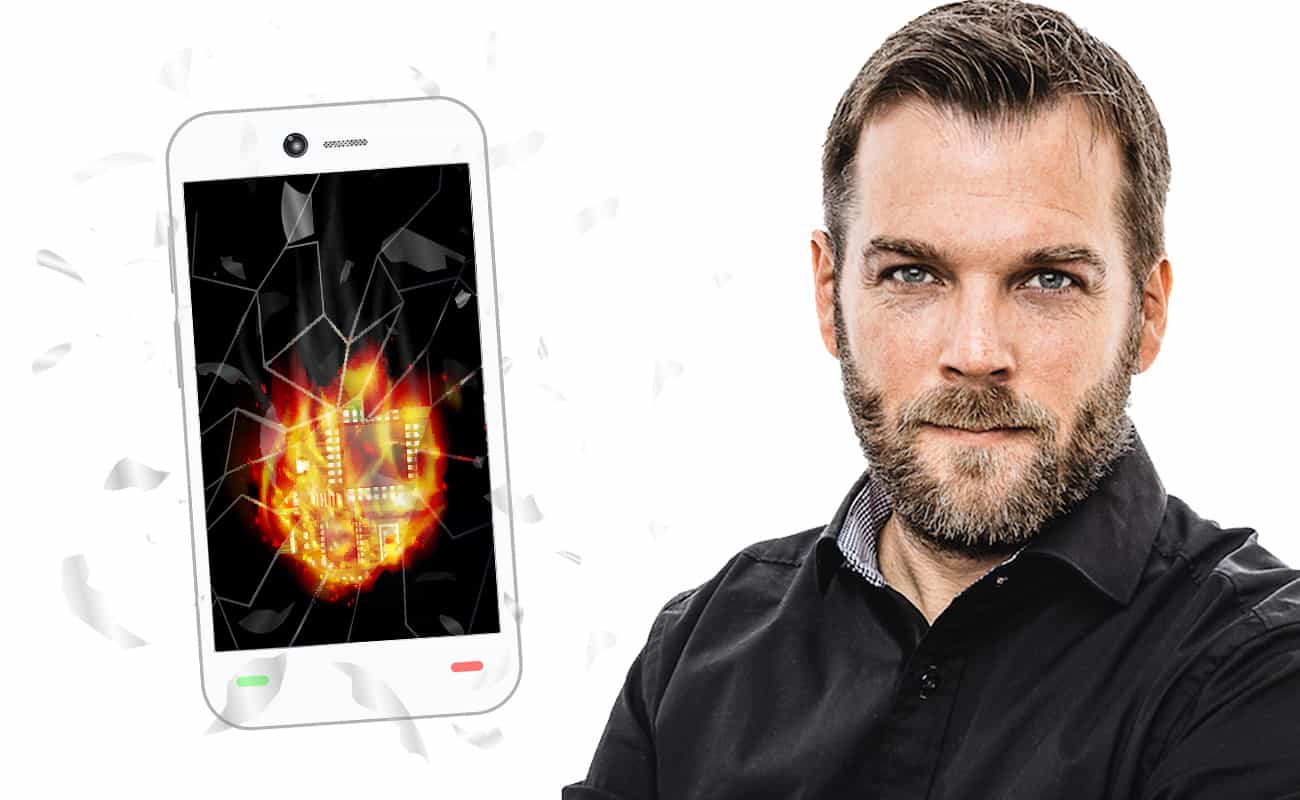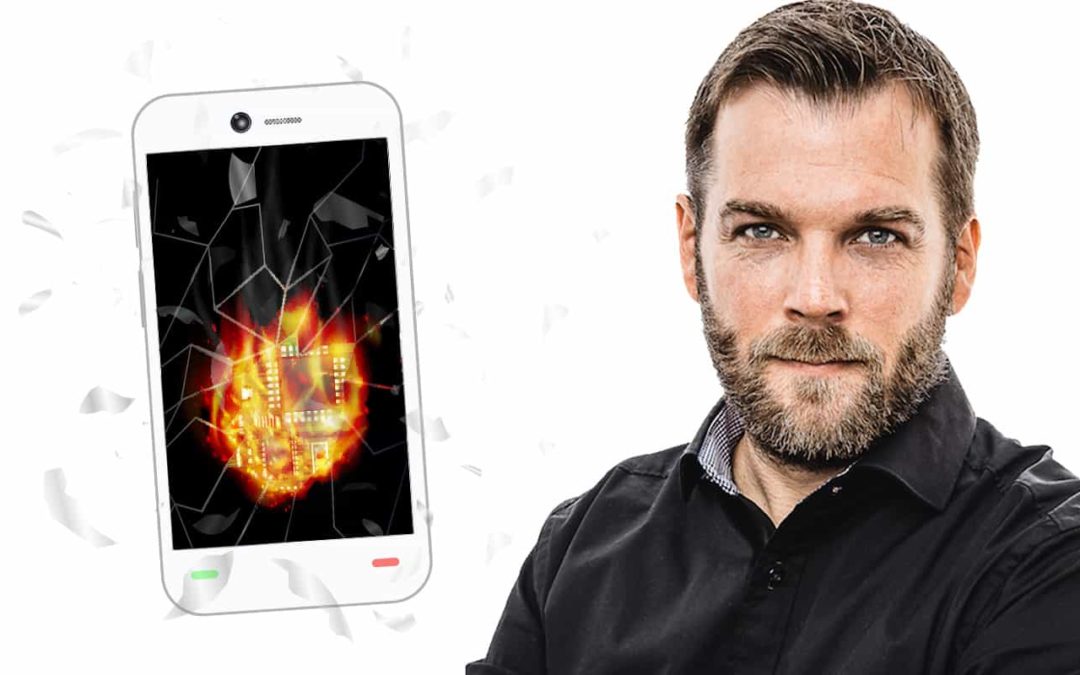
Influencer, deepfake, deplatforming. In a short time, we have created many terms to describe the new digital and social reality we live in. One such term that has not been talked about as much is doomscrolling.
Doomscrolling is when you scroll through all your social media feeds searching for the most current and outrageous news about the latest disaster. The time you spend doing this is directly proportional to how much worse you feel when you are done.
Regardless of whether you knew this term before or not, it is very likely that you have been doomscrolling at some point in recent months. This uncontrollable urge to consume one horrible news after another is hard to resist.
Why we’re drawn to doomscrolling
There is a constant flow of bad news that inexorably washes over us on social media and the big news sites, every hour, every day. It’s easy to understand why we’re drawn to doomscrolling, especially right now. We are desperately trying to make sense of a year that has been disruptive and devastating in so many different ways.
We face many difficult problems and they deserve our attention, but we become so engrossed in what goes wrong that we completely miss what goes right.
The consequences are substantial if we only see a skewed selection of what is happening in the world. We can not imagine the opportunities and insights when a country is at peace, the population has access to clean drinking water, food, and access to electricity. These events don’t create headlines but are very significant and occur in more and more regions around the world.
The only way to see this development is by looking at statistics and data, for example from the UN and the World Bank.
Positive development goes against most people’s intuition
As Editor-in-Chief of Warp News, I notice the enormous impact of doomscrolling and the bias of negative news, because we write about the development of the world based on data and statistics.
That so much is going in the right direction goes against most people’s intuition. More or less all the news they hear and see indicates that the development in the world is very negative. Some get provoked and even angry when they read our fact-based optimistic news. They are so engrossed in a worldview where everything goes awry that they either completely dismiss the statistics or almost compulsively have to see something negative in a positive development.
One example I recently wrote about was that child mortality, according to UNICEF, has dropped dramatically in the world over the last 30 years. From 9.3 percent in 1990 to 3.8 percent in 2019. The response from some was that the UN has a secret agenda and can not be trusted. Others said that reducing child mortality was negative after all because we are too many people on earth. Would it have been better if more children died?
Hard to change your worldview
Changing your worldview is extremely difficult, and the more time you invest in it, the harder it is to give it up. Despite Hans Rosling’s exceptional efforts, most are still unaware of the remarkable progress humanity has made over the past 100 years and continues to make.
Instead, most people’s worldview is based on this non-random selection of the worst that has happened over a period of time, what we call news. Because something terrible always happens, somewhere on earth, every day, this gives a constantly distorted worldview.
The selection of news does not give a balanced picture of EVERYTHING that happened that day. This is because the bad news catches our attention and is event-based in a way that the good news rarely is. It is much more common for something to get bad quickly, than for something to get good quickly.
You need to balance your news feed
That you get a distorted picture of the world by only basing it on your news feed does not mean that the news you see is factually incorrect. The majority of the news is not fake news. Murder, war and famine, what we doomscroll, happens every day on earth.
But if we only base our worldview on these rapid negative events, we get a distorted view of the world. We must include the positive: what tends to slowly improve a few percent each year but which, if you go back and see it from a bigger perspective, has a huge effect.
We must understand that the news is a report of the worst that happens every given day.
It is real news, but it is not a representative sample.
That is why it is so important to have a more representative news feed with fact-based optimistic news . That’s why Warp News is needed.
You who read us may not notice anything immediately. Just a tendency to slowly see how your worldview becomes somewhat more fact-based, somewhat more optimistic. It may be a few percent better each year but, if you go back and see it from a bigger perspective, has a huge effect.





